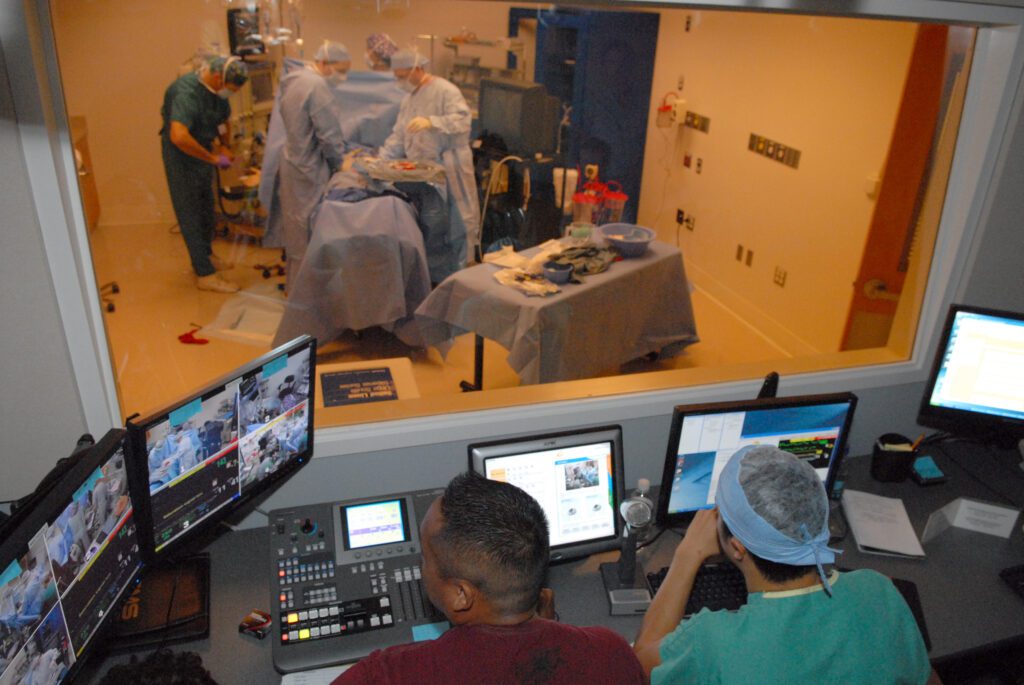How effective are your simulation debriefing skills? What challenges do you face? Are you meeting your training goals? What can AV do to enhance your debriefing process?
In our four-part blog series on debriefing, we’ll help you get the most out of your debriefing time for better learner outcomes and improved patient care.
Video Technology
It’s a simulation best practice to hold the debrief immediately after the scenario takes place so it’s fresh in the learner’s mind. But in a single day, facilitators may observe multiple learners perform the same simulation, and learners may take part in more than one event.
Video-assisted debriefing can help facilitators more objectively address a learning objective, highlight performance observations, and clear up disputes. It can also be helpful to the learner to ensure a clear record of the simulation, including what they did and didn’t do.
Streamline technical skill development – such as drug administration or an intubation – with audio-video technology: it’s easy to make bookmarks during the live event that will later be referenced during the debrief, and zoom in to pertinent details on the video footage.
However, it’s important that faculty or facilitators practice using the video technology prior to the live event. Have an idea of when you need to make bookmarks and where you’ll incorporate video clips during the debrief. Video shouldn’t dominate the debrief. Because debriefing time is limited, use video to enhance the discussion process and facilitate feedback.
Finally, consider implementing video technology that’s tied to a learning management system. Beyond the debrief, you can use bookmarks to flesh out learner records and track trends over time.
Learn more about debriefing in “Simulation Debriefing: Why Do We Talk About It?” — a free webinar presented by the Global Institute for Simulation Training and EMS.


